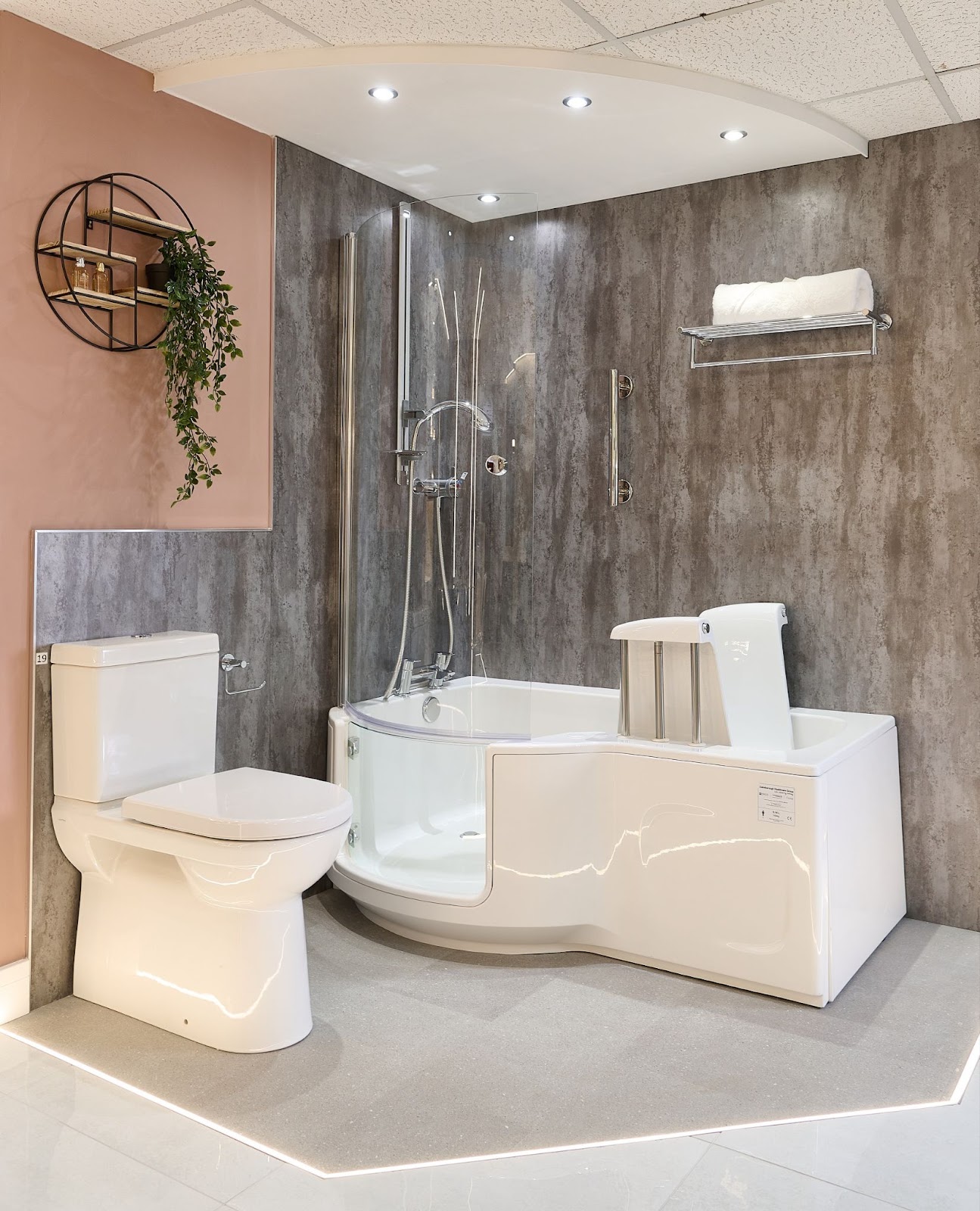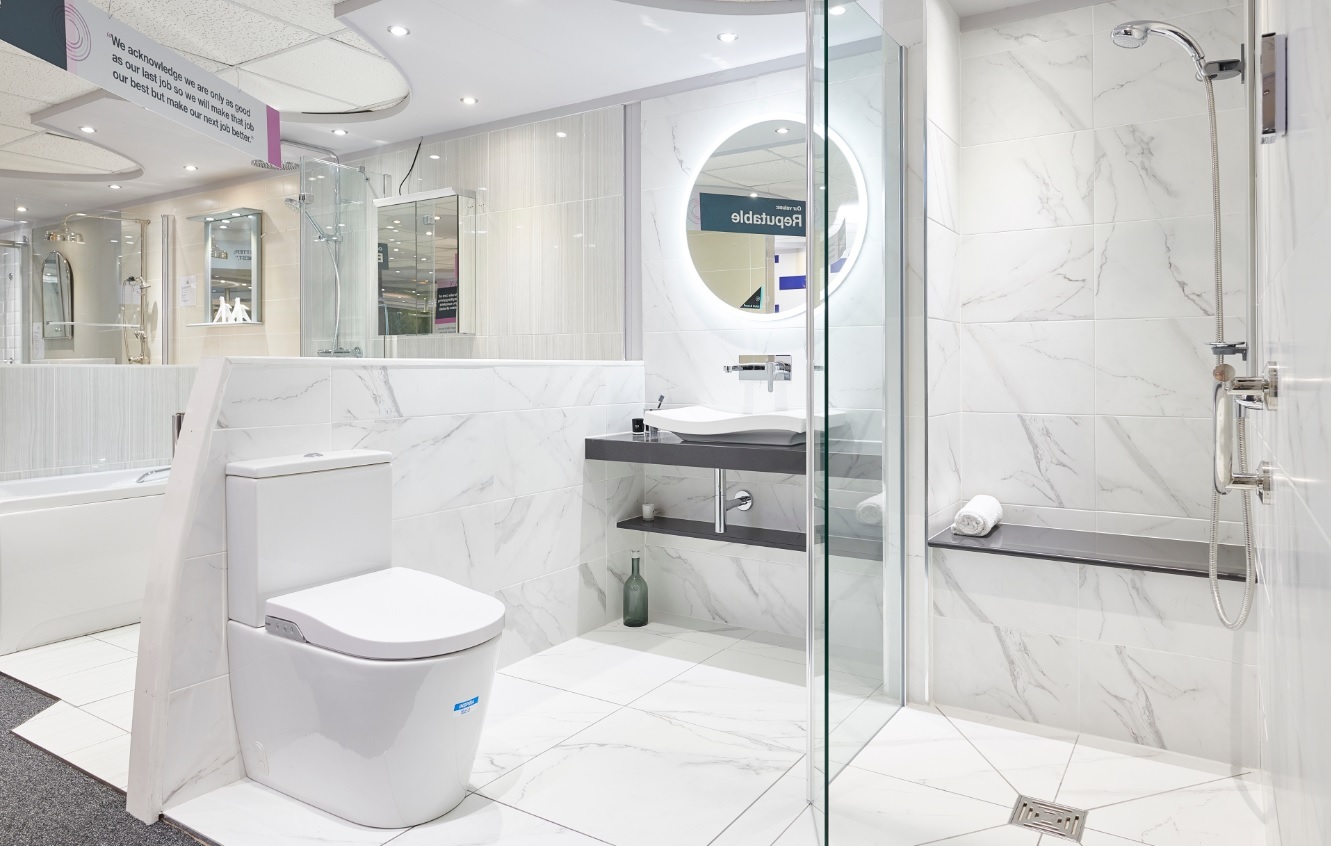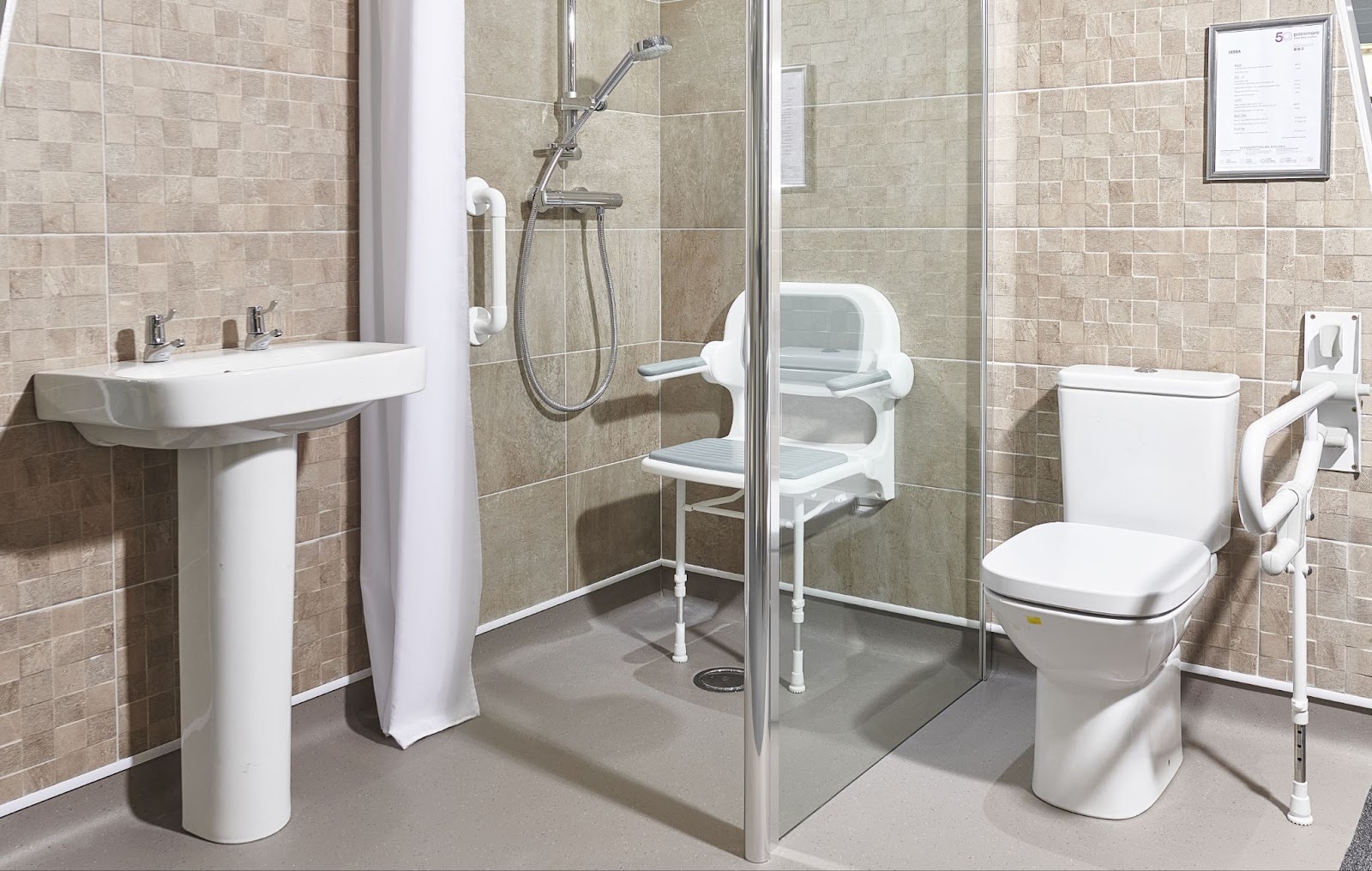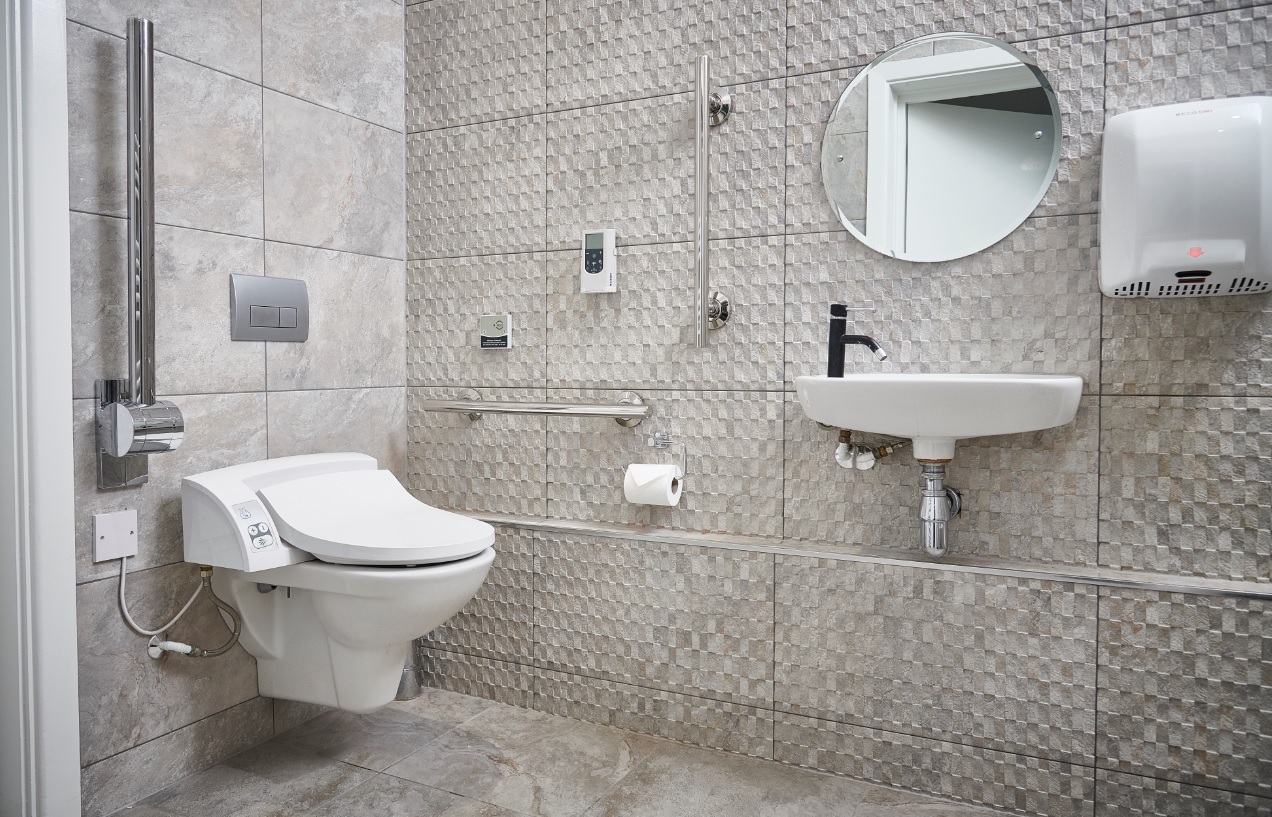From Luxury to Smart Tech: 5 Expert-Backed Trends Shaping Accessible Bathrooms in the UK | More Ability
Published: 17 December 2024
Senior Designers Garry Kirkbright and Nigel Dawson share new insights into emerging trends in bathroom accessibility for domestic homes in 2025.
A modern bathroom with accessibility features that offers independence can transform a person’s quality of life. However, despite 24% of the UK population stating that they have a disability, a 2022 study found that three out of five disabled people struggle to access their own bathrooms.
Against this backdrop, the accessible bathroom sector has undergone a revolution over the past two decades, with designs, mindsets and financing transforming accessible bathrooms. Garry Kirkbright and Nigel Dawson, Senior Designers at More Ability set out five trends and insights shaping the rise of the accessible bathroom sector.

Accessible bathrooms now viewed as luxurious rather than ‘hospital-inspired’
According to Garry, the most common request from clients is for their new bathroom to ‘not look like a clinical hospital bathroom’, which is the typical image that many may have for an accessible toilet. However, times have rapidly changed and so have accessible bathroom designs.
Now, the features of an accessible bathroom, whether that be non-slip flooring, raised height sanitary ware or level access shower trays rather than steps, are also common features found within contemporary luxury bathrooms. On top of this, bathroom accessories and bathroom finishing touches to support accessibility are now being produced with a more luxurious design, such as chrome grab bars and corian shower benches rather than plastic fold down seats and accessories.
Noting these features of modern accessible bathrooms, there is a clear trend whereby such bathrooms are being rightly described as luxurious.

VAT exemptions offer significant savings on accessible bathroom features
As Garry explains, bathrooms that are made bespoke to support accessibility features, like many bespoke items or services across the housing sector, can cost more. However, this may not be as much as many think.
Those who are registered as disabled, have an ailment or medical condition are able to access VAT exemptions when purchasing and installing bathrooms that improve accessibility in their home - offering a potential saving of 20% on the total cost. This could cover a wide variety of measures, from having a bath replaced with a level-shower or walk-in bath to having a new bathroom installed on the ground floor to improve access in your home.
What’s more, many who are registered as disabled may also be able to access specific government grants to support upfront costs of an installation. Speaking to a qualified, specialist bathroom installer, is a useful first step here to see what grants may qualify for.

Up to £30,000 available from councils, but be prepared for long waits
65% of those who face difficulty using their bathroom do not know about grants that may be available to support their needs. £530 million has been ringfenced for the Disabled Facilities Grant to support residents to have accessibility works carried out in their home in 2025.
Your local council may offer a Disabled Facilities Grant, worth up to £30,000 in England and £35,000 in Wales towards measures that make bathrooms more accessible, whether that be significant work like a new bathroom or a walk-in shower, to adaptive heating and lighting controls.
What’s more, grants are not just available for home-owners. Many councils will offer grants to renters if they are likely to live in that home for at least five years. Grant applications are means tested and based on household incomes and savings - but awarded grants will not affect benefit entitlements.
If you think you may be eligible, it is better to get in touch with your local authority as soon as possible, as many councils can have long waiting lists of residents who require support.
Smart tech solutions are becoming the norm
Bathroom designs are beginning to take advantage of the rise of voice-activated technology and smart tech - offering greater independence for users.
Recent popular features that are becoming more mainstream include wash and dryer toilet systems as well as height-adjustable bathrooms. Built-in wash and dryer systems enable an accessible bathroom to integrate sophisticated elements whilst offering practicality to the user, whereas new tech that enables products such as wash basins or bathtubs that rise and fall allows mutli-access for residents with different requirements within the same home.

On top of this, the rise in smart tech is also becoming commonplace with smart bathroom lighting and voice and touch controlled showers offering a transformative bathroom experience for those with a disability.
However, as technology evolves and smart tech becomes increasingly common across society, it is also important to consider that many elderly people still lack access to WiFi or smart phones and technology, and so bathroom accessibility advances must remain conscious of this.
Futureproofing now prevents ‘moving to accommodate’ later
With the UK having a rapidly ageing population, combined with the fact that bathrooms are redecorated and replaced on average every 14 years, an often undervalued feature of installing accessibility features into bathrooms is that by doing so, consumers are future proofing their home against unknown changes or obstacles that may arise.
By installing stylish accessibility measures now, such as non-slip flooring, raised height sanitary ware and a level access shower, will prolong the life span of your bathroom adaption and potentially help avoid having to move homes entirely later on should your accessibility needs change - saving significant costs and avoiding stresses as people age and their requirements change further down the line.
Fore more information visit our dedicated accessible bathrooms page.
Share this Post























